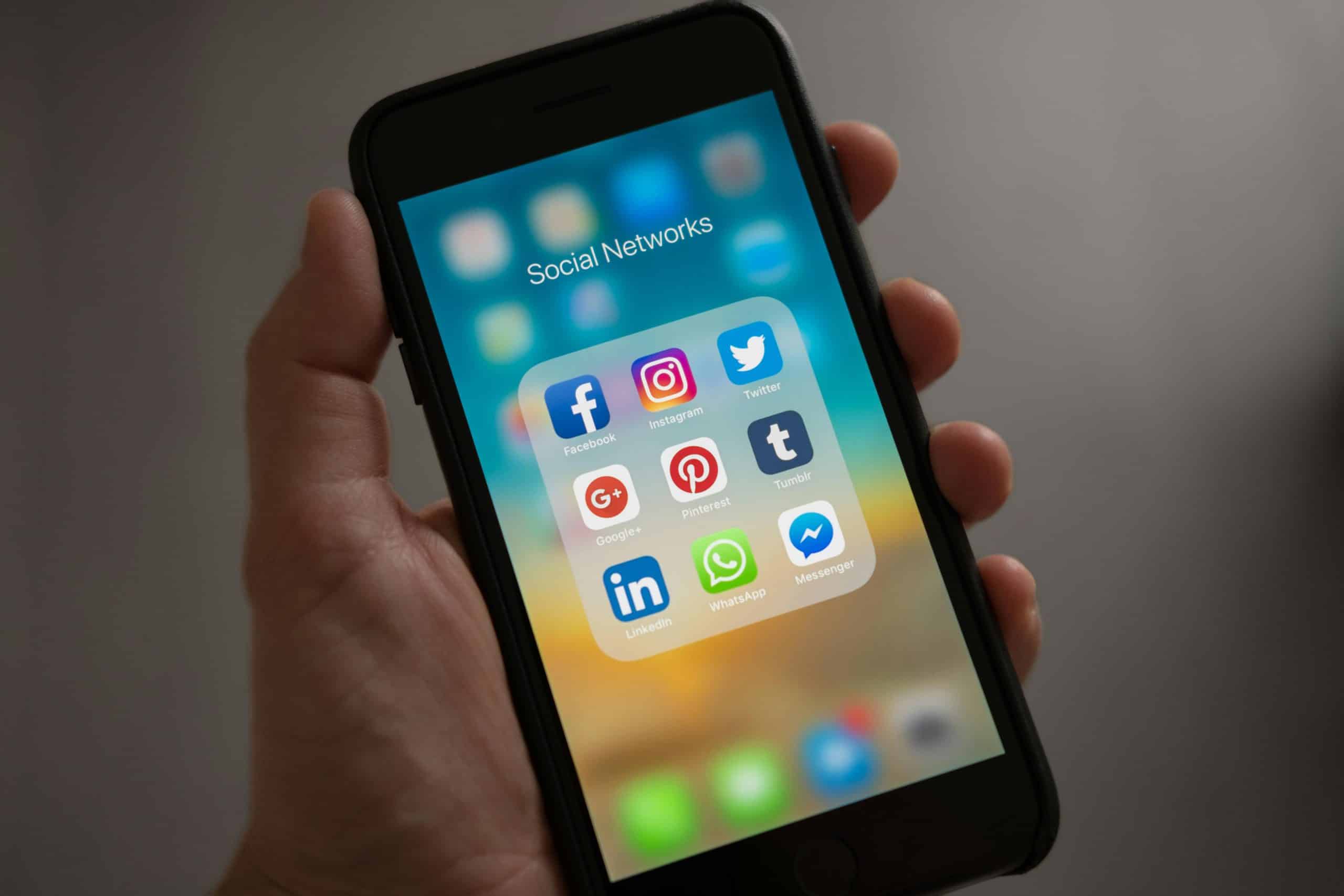In today’s digital landscape, the ability to conduct effective video calls has become indispensable. Whether it’s for business meetings, educational purposes, or staying connected with loved ones, ensuring top-notch audio quality on your tablet plays a crucial role in facilitating smooth and productive conversations. This article delves into the various techniques that can help you achieve the best audio quality on your tablet for video conferencing. By the end, you will have garnered valuable insights to enhance your audio experience, ensuring your calls are crisp, clear, and professional.
Optimizing Your Audio Settings
To kick off, let’s discuss the fundamental step: optimizing the audio settings on your tablet. The audio settings on your device are the cornerstone of achieving high-quality sound. Here’s how you can tweak these settings to your advantage:
Avez-vous vu cela : What Are the Steps to Set Up a Smart Home Security Routine Using Your Smartphone?
Adjusting Microphone Sensitivity
One of the first things you should do is adjust the microphone sensitivity. This setting determines how well your tablet picks up sound. If the sensitivity is too high, it will capture unnecessary background noise, whereas if it’s too low, your voice may sound muffled or distant.
Enabling Noise Suppression
Most modern tablets come equipped with a noise suppression feature. This function is designed to filter out background noise, ensuring that only your voice is captured clearly. Enabling this feature can significantly improve your call quality, especially in noisy environments.
A lire également : How to Set Up Custom Voice Commands for Smart Home Devices Using Your Smartphone?
Using Built-in Equalizers
An often overlooked feature is the built-in equalizer. This allows you to adjust the balance between different audio frequencies, ensuring a more balanced and pleasant sound.
Regular Software Updates
Software updates are often rolled out to improve the audio quality and overall performance of your device. Keeping your tablet’s software up-to-date ensures you’re benefiting from the latest enhancements and bug fixes.
By taking these steps, you lay a solid foundation for optimal audio performance during your video calls.
Leveraging External Devices
While optimizing the internal settings of your tablet is essential, sometimes leveraging external devices can significantly boost audio quality.
Using a High-Quality Microphone
Investing in a high-quality external microphone can make a world of difference in how you sound during a call. External microphones often come with superior sound-capturing capabilities compared to built-in ones. Look for a microphone that is compatible with your tablet and offers features such as noise cancellation and clarity in capturing your voice.
Audio Amplifiers
An audio amplifier can be a game-changer, especially if you often find yourself in environments with low sound levels. These devices amplify the sound, making your voice more audible and clear to the person on the other end of the call.
Bluetooth Headsets
Consider using Bluetooth headsets, which often come with advanced features like active noise cancellation and enhanced audio clarity. These headsets can help isolate your voice from ambient noise, ensuring better sound quality.
External Speakers
In some scenarios, external speakers can provide a better audio experience compared to the built-in speakers on your tablet. They can offer louder and clearer sound, making it easier to hear the other participants in the call.
Leveraging these external devices can significantly elevate the audio quality of your video calls, ensuring a seamless communication experience.
Ensuring a Stable Internet Connection
A stable internet connection is a non-negotiable element for achieving high-quality video and audio during a call. Here are some tips to ensure your connection supports the bandwidth requirements for video conferencing:
Checking Bandwidth
Before initiating a video call, it’s crucial to check if your internet connection meets the necessary bandwidth requirements. A minimum of 1.5 Mbps for both upload and download speeds is recommended for high-quality video and audio.
Using Wired Connections
While Wi-Fi is convenient, a wired Ethernet connection is often more stable and faster. If possible, connect your tablet to the internet via a wired connection to ensure smooth call quality.
Limiting Background Data Usage
Close any unnecessary applications or background processes that may be consuming your bandwidth. This frees up more data for your video call, ensuring a smoother experience.
Router Placement
The placement of your router can significantly impact your Wi-Fi signal strength. Ensure your router is placed in a central location and away from potential signal interferences like microwaves or thick walls.
By adhering to these tips, you can ensure smooth and uninterrupted video conferencing, regardless of the duration or complexity of the call.
Minimizing Background Noise
Background noise can be a significant detractor from call quality. Here are some practical steps to minimize ambient noise during your calls:
Choosing a Quiet Environment
Selecting a quiet environment for your video call is a fundamental step. Try to find a space away from heavy foot traffic, construction noise, or other potential sound disturbances.
Utilizing Noise-Canceling Features
Many modern tablets and external devices come with noise-canceling features. Ensure these are enabled to filter out unwanted background noise.
Noise-Canceling Microphones
Investing in a noise-canceling microphone can significantly improve your audio quality by focusing solely on your voice and eliminating background sounds.
Acoustic Treatments
In case you frequently conduct video conferences in the same room, consider adding acoustic treatments such as foam panels or carpets to absorb and reduce sound reflections.
By minimizing background noise, you can ensure that your voice is the focal point of the conversation, leading to clearer and more effective communication.
Fine-Tuning Video and Audio Synchronization
Synchronization between audio and video is crucial for a seamless video conferencing experience. Here’s how you can fine-tune both to avoid any lag:
Ensuring Device Compatibility
Ensure your tablet and any external devices like microphones or speakers are fully compatible. Compatibility issues can often result in audio-video lag.
Regularly Restarting Devices
Regularly restarting your tablet and any connected devices can help maintain optimal performance by clearing any temporary glitches or software bugs that may affect synchronization.
Checking Application Settings
Most video conferencing apps come with settings that allow you to fine-tune the audio and video synchronization. Experiment with these settings to find the best configuration for your setup.
Monitoring Bandwidth Usage
Monitor your bandwidth usage to ensure that other applications or devices on the same network are not consuming excessive data, which can affect the synchronization between video and audio.
By fine-tuning these aspects, you can achieve a more cohesive and synchronized video call experience.
In the evolving realm of digital communication, achieving high-quality audio on your tablet for video calls is no longer a luxury but a necessity. By optimizing your audio settings, leveraging external devices, ensuring a stable internet connection, minimizing background noise, and fine-tuning audio-video synchronization, you can greatly enhance your call quality. These techniques will not only ensure smooth and productive video conferencing but also elevate the overall experience for all participants involved.
Whether you’re a professional conducting international meetings or someone staying connected with friends and family, these valuable insights will help you achieve optimal performance and make every call count. Make sure to apply these tips, and you’ll be well on your way to mastering the art of video conferencing with high-quality audio.
By implementing these strategies, you can provide the best video conferencing experience possible, ensuring every video call is clear, professional, and effective.











